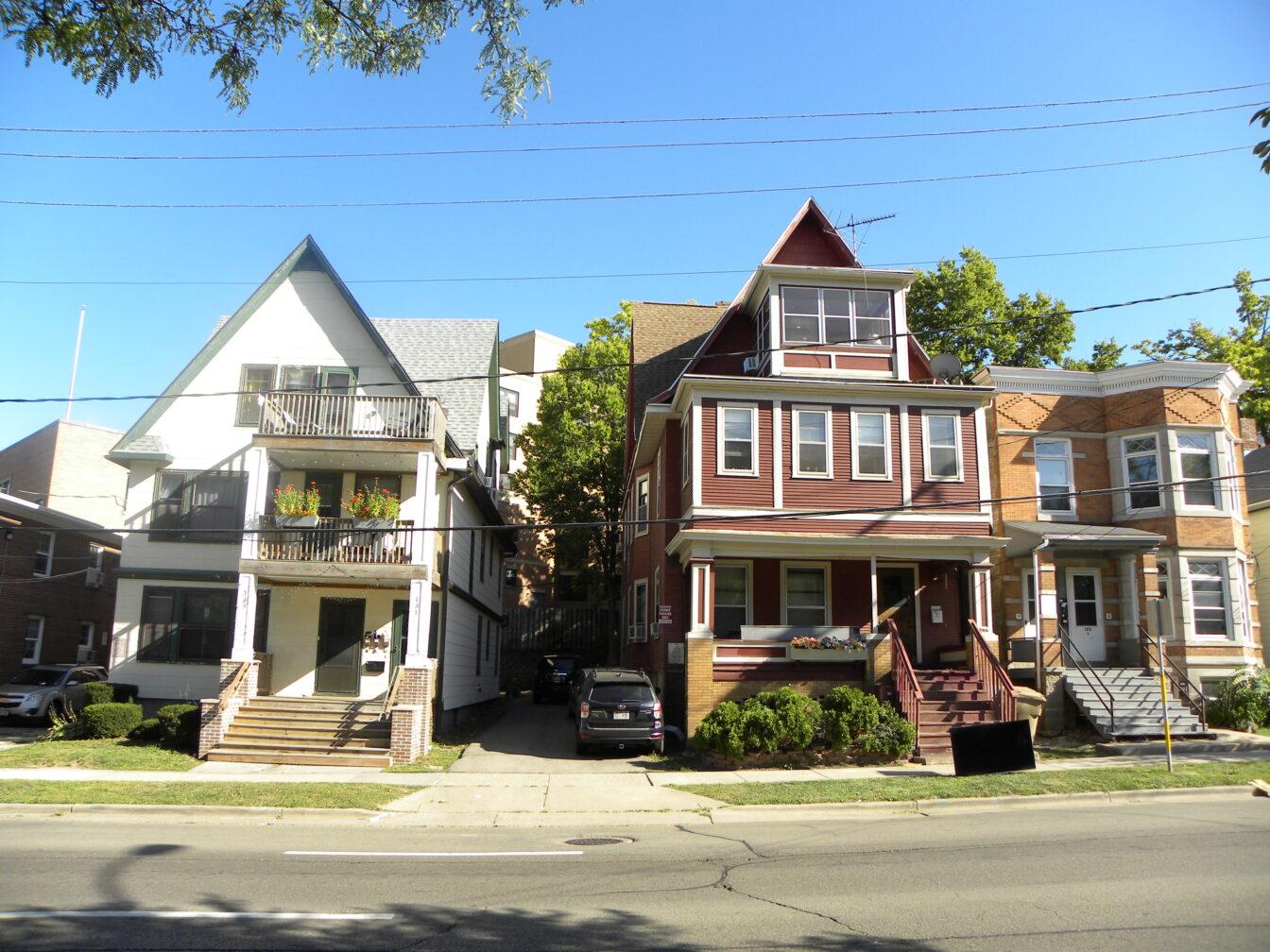The “Student Housing Market Housing Survey” was sent out to all University of Wisconsin students via email April 25. Questions within the survey pertain to students’ current housing accommodations, future housing plans, pricing related to future housing and other problems students may face.
To formulate this survey, the City of Madison and UW funded the hiring of a consultant who provided insight on how to format questions and overall running of the survey.
The main goal of the survey is to collect information regarding the issues and sentiments students have about housing so policies may be implemented for ongoing housing developments, according to District 8 Ald. MGR Govindarajan.
“The survey really tries to understand what kind of housing students really want and where they want it, where they currently live, what their priorities are, things like that,” Govindarajan said. “So it’s not necessarily to figure out where to build more housing or how much more housing to build, but more so as we are already building housing — what is the best way to implement more policies to address the problems being seen.”
Previously, surveys relating to housing have been sent out to students, but this most recent one is unique due to the partners who have collaborated on it. Rather than solely being organized by University Housing, this survey represents the partnership between the City of Madison’s District 2 Ald. Juliana Bennett and Govindarajan with the non-profit organization Downtown Madison Inc. and UW.
Once results are received, collected information will be used to form recommendations for future housing policies. In the next two years, more than 5,300 beds will be available for students to rent out. For the following two years after, about 3,000 beds are being proposed to be built, according to Govindarajan. Recently, housing added to the market has increased, which boosts sales and works to meet the current demand, according to the Wisconsin State Journal.
“I think we’re heading the right way,” Govindarajan said. “It’s becoming more of a renters market where students and renters will have more of an ability to choose where they’re living. Over the next several years, it’s going to get better and better and eventually it’s going to stabilize.”
Approximately 1,700 responses have been documented so far, according to Govindarajan. The survey will be available for students until May 10.



